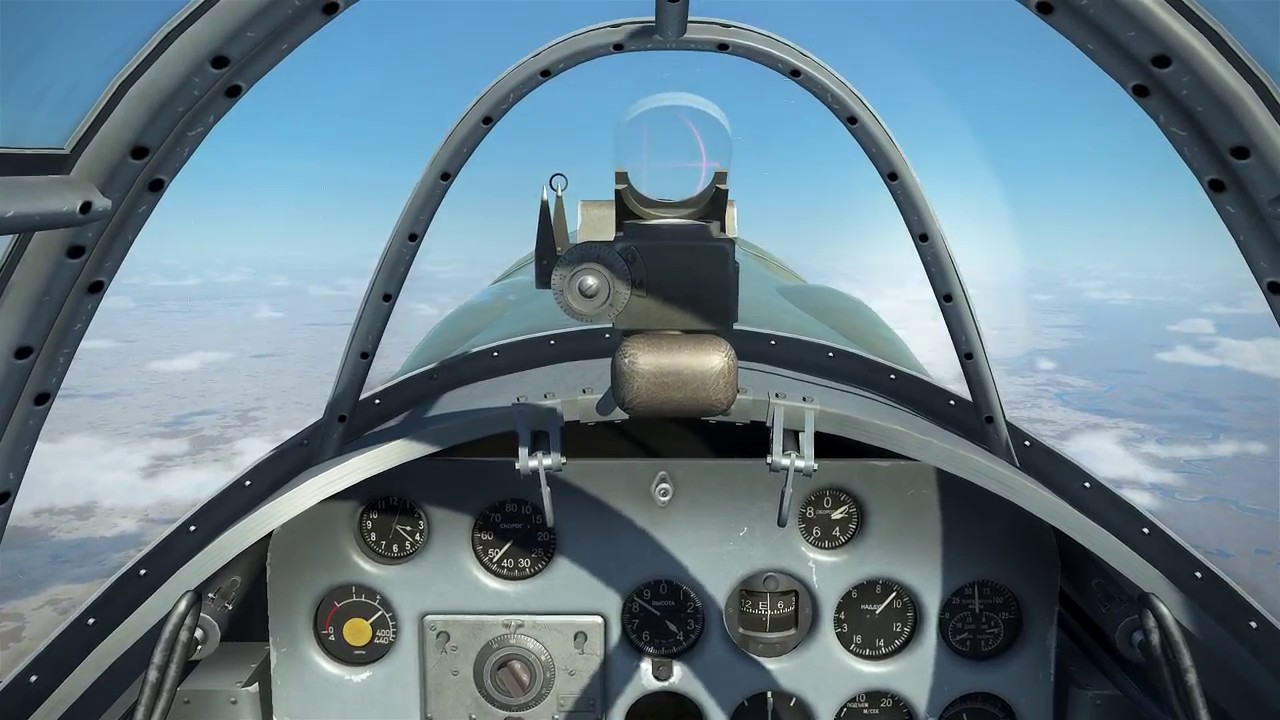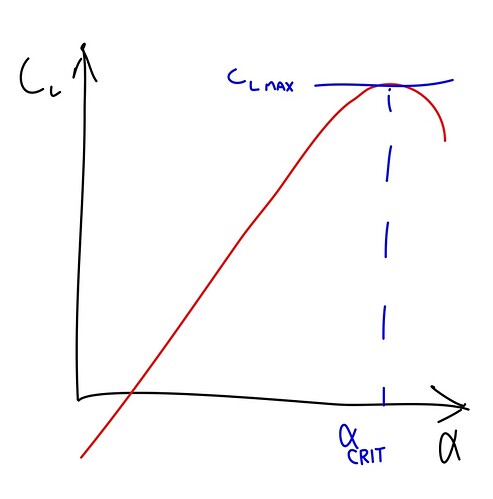Can someone tell me what I’m doing wrong here please? Im trying to recover from the stall!
Interesting spin there.
First thought: why are you using your ailerons? Ailerons are not recommended for spin recovery.
My approach would probably have been:
- Throttle to idle (you kept it forward)
- Rudder in the opposite direction of the spin (you did the opposite it seems)
- Nose toward the ground using the elevators (not sure what you tried there, you seemed to be all over the place with the stick)
EDIT: Your spin looked pretty flat, but not unrecoverable. Keep in mind though that there are spins that are not recoverable.
Hope that helps. ![]()
This was not just a stall, but an entry into an inverted spin, that recovered to a normal spin. You did recover though, just not in time… It’s understandable that one would want to pull out rapidly, in a nose down attitude like that. But don’t pull too hard, or you will stall again. Remember that an aircraft can stall at all speeds. It’s just a matter of increasing the angle of attack.
Also, in a slow speed situation, like the initial stall of the video, don’t use your ailerons. Use rudder to turn, and don’t turn too much ![]()
If you do stall, raise flap and gear (if configured), neutralize the controls (slightly pitch down) and add power.
If you end up entering a spin you apply rudder opposite turn.
In an inverted spin, stick is held slightly pitch up.
These are very general guides. Some aircraft have their own recommendations. Best thing is to practice at altitude.
This sentence should really be set in stone and have any pilot to learn it before touching any control…
Just as Aginor noted, that method basically works for most airframes and I was using it successfully since first Flanker 1.0 game by Eagle Dynamics from 1995 which have modelled spins pretty accurately.
Here’s spin initiation and recovery in BoS using this technique
but doesn’t the increased AOA decrease speed which promotes a stall? so the stall speed is a set speed that is predictable?[quote=“komemiute, post:4, topic:7469”]
Remember that an aircraft can stall at all speeds. It’s just a matter of increasing the angle of attack.
This sentence should really be set in stone and have any pilot to learn it before touching any control…
[/quote]
but doesn’t the increased AOA decrease speed which promotes a stall? so the stall speed is a set speed that is predictable?
You can stall at any speed. Stalls occur because the aircraft wing exceeds the critical angle of attack. Stall recovery in most aircraft is simple:
- Relax back pressure on the elevator until the wing begins flying again while maintaining roll control with rudder input.
(in a spin)
2. Neutralize aileron input
3. Apply rudder opposite of spin rotation.
There are some neuances depending on if it is an accelerated stall, approach to landing stall, or airframe specific control inputs needed.
To recover from any spin (Beggs Method):
1- throttle idle
2- feet on the floor
3- stick neutral
Recover.
Method does not work with most IL2/RoF WWI airplanes because they are wierd. Real life would be different.
The stall speed, of an aircraft, is where the wing will reach critical alpha (The greek letter Alpha is often used to describe Angle of attack) at 1G.
To understand this, we need to look at the Lift formula.
Lift=Cl • (1/2 air density • v2) • S
It’s not easy writing a mathemathical formula in a web browser on a tablet ![]()
To put it in words.
The lift of a wing, depends on the size of the wing (S). Big wing, more lift.
The air density. More density, more lift.
Air speed (v). More speed, more lift.
And the coefficient of lift (Cl).
This is more complex. This is a number basically derived from testing. It depends on the shape of the airfoil and its angle relative the airflow, or Angle of attack (AoA).
Clear as mud?
Ok, so let’s consider a specific case.
The wing size is constant. A lot of aircraft can change this with flaps that increase the wing area.
But we’re not using flaps today.
The density of the air is constant. The air is what it is, where we are right now, and we can’t control it.
All the pilot has to play with, to control lift, is speed and Cl. And since we’re not using flaps today, the Cl is all about AoA.
For straight and level flight, Lift must always equal weight, to stay in the middle of the air.
So, now the pilot (that’s you) need to keep Lift from changing.
You can do this by increasing or decreasing speed, and AoA.
If speed is decreasing, AoA must be increased, to maintain lift, right?
Now, AoA can’t increase forever. At some point the angle relative to the airflow will become too great, and Cl will be reduced by increasing AoA. This is the hard part. But have a look at a typical Cl vs. AoA graph.
At a given AoA (the greek letter alpha in the graph), the Cl reaches its maximum, and will decrease again.
If we look at what happens if speed is decreased, and lift is maintained to equal weight;
We will reach a speed, where Cl no longer can increase, and lift will be reduced, and weight takes over. We stall.
So where Lift equals weight, the maximum Cl and AoA corresponds to a certain speed, which we call the stall speed.
Now, as we can see in the graph, maximum Cl can be obtained at a certain AoA.
Let’s have a look at a constant speed case.
We are in a high energy fight. Speed is well above stall speed. We pull the stick to stay with our enemy. What happens is that AoA increases, and with it, the Cl.
Again, a given situation with constant wing size and air density. Now the speed is constant as well, at least momentarily. And we increase AoA, by using our elevator. What happens to lift?
Correct! It will increase.
Now we have a case where Lift > Weight. We use this increase in Lift to go places. It pulls us in a turn, or loop, or any maneuver. If Lift is four times that of the Weight, we say that we have a loadfactor of four, or 4G.
Depending on the speed, and how hard you are pulling on that elevator, the loadfactor may increase beyond the aircraft structural limiting loadfactor, and the structure will break.
Now, I said speed was momentarily constant, in the last case. This is because when increasing AoA, you also increase drag. A lot of drag. So if you keep pulling on that elevator, drag increases, which leads to a decrease in speed, which will decrease the loadfactor…
Unless you have a big engine… ![]()
This is the longest post I have written in a while.
Hopefully it is possible to grasp.
I used to spend days teaching flightschool students this. In greater detail, of course. Feel free to ask questions.
Great post!
I have a question:
Why aren’t flaps part of the stall/spin recovery procedures (or are they?) Because of the drag?
Oh and @smokinhole how come they don’t suggest opposite rudder?
I mean: I know a lot of planes kinda recover themselves if you just do nothing, but I wonder if the opposite rudder can actually be harmful.
In an accelerated stall situation, where you spun out not because of a lack of speed, but a surplus of alpha, dropping the flaps might damage them as your airspeed might be too high.
Good point. The airflow is fast, regardless of the wing being stalled or not. That might really be the reason.
In any stall situation, flaps should be retracted, or at least partly retracted, depending on the aircraft in question.
This is because of drag, that otherwise must be overcome by the engine thrust.
Per F-14A NATOPS Bold Face, Spin recovery, required to be memorialized and recited during the preflight brief, from memory, by one aircrew before an ACM sortie.
Stick Forward, neutral lateral
Lock you harness
Rudder opposite turn needles
Then it goes on to flat spin procedures…which is basically punch out if you are in a flat spin below 10,000 ft AGL
With the exception of locking the harness, that is the basic spin recovery for any sim aircraft
You forgot “WATCH THE CANOPY!”
When spinning below 10,000 ft AGL
RIO - Canopy Jettison
Command Eject
One of the best exercises that a CFI can do with a student is slow flight and teaching roll control with rudder inputs. In the OP video, I’m wondering if the Bf109 could have been prevented from departing with timely rudder input, since it was basically in a slow flight configuration just prior to it’s roll off. I’m betting that the pilot entered aileron to prevent the roll, and the aircraft promptly departed.
OK…um…are you trying to tell me that there is more to controlled flight than, “Stick forward, houses get biggger; Stick backwards, houses get smaller.” ? ![]()
That is the problem, isn’t it?
How do you explain this in near laymans terms, without talking geek? ![]()
There. FTFY.


